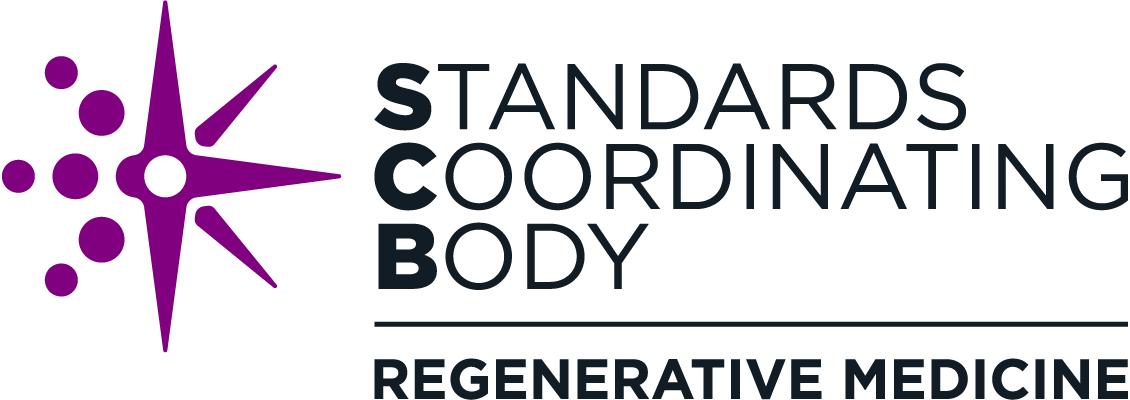Standards Development in Action: Counting Colony Forming Units
Challenge
Regenerative medicine promises to help manage or potentially cure many serious and previously untreatable diseases. However, the field has been limited by lack of precision and reproducibility in counting and characterizing colonies derived from a stem cell or progenitor population. These data are necessary to understand the underlying biological properties and biological potential of stem and progenitor cells from various tissues. To address this challenge, the field needed an automated colony-counting technique.
Solution
A team of doctors at Cleveland Clinic explored ways to automate colony forming unit (CFU) counting in response to their own need to:
Compare stem and progenitor cell numbers and properties between patients and tissues,
Evaluate the impact of cell harvest and processing methods on stem cell yield
Assess the impact of biomaterial surfaces, media composition, and bioactive agents on stem cell activation and colony forming efficiency
The team developed a technique using a motorized stage on a microscope to capture and compile hundreds of images—nearly 900 image tiles per chamber—and used imaging software to then count and characterize the cells and colonies in the montaged image.
The technique proved successful, and the team gathered feedback on its utility to others in the regenerative community and on ways the technique could be adapted to various applications. The team then worked with ASTM to develop a standard for automated CFU assays, performing additional laboratory tests and expanding the scope of the standard to cover as wide a range of cell types and applications as possible. After the standard was reviewed, finalized, and published, Cleveland Clinic published educational materials to raise awareness about the standard and encourage its adoption.
Impact
By working through ASTM’s consensus-building process to publish a standard, Cleveland Clinic ensured that their technique could have as broad an impact as possible. This standardized, automated approach to CFU assays allows regenerative medicine clinicians to reliably quantify and characterize variability between stem cell colonies and to demonstrate the reliability of their analysis to outside stakeholders. The standard has also triggered the growth of a suite of enabling technologies—particularly imaging software—with many of the technologies leveraging the CFU standard’s terminology.
Lessons Learned
During the development of the CFU standard, the Cleveland Clinic faced challenges with understanding the ASTM standards development process, aligning with ASTM writing structures and styles, and coordinating with diverse stakeholders involved in the standard’s development. They believe that the support of a central convener such as the Standards Coordinating Body would have helped smooth the process by facilitating cross-stakeholder collaboration and providing expertise on the standards development process itself.
GET INVOLVED IN STANDARDS DEVELOPMENT THROUGH SCB
As a coordinating body, SCB helps streamline the standards advancement process by driving momentum, aligning stakeholder efforts, and helping projects overcome obstacles.
Individuals can provide feedback to SCB on needed standards or join SCB-coordinated projects to advance standards that benefit the broad regenerative medicine community.
Contact SCB today to get involved.




